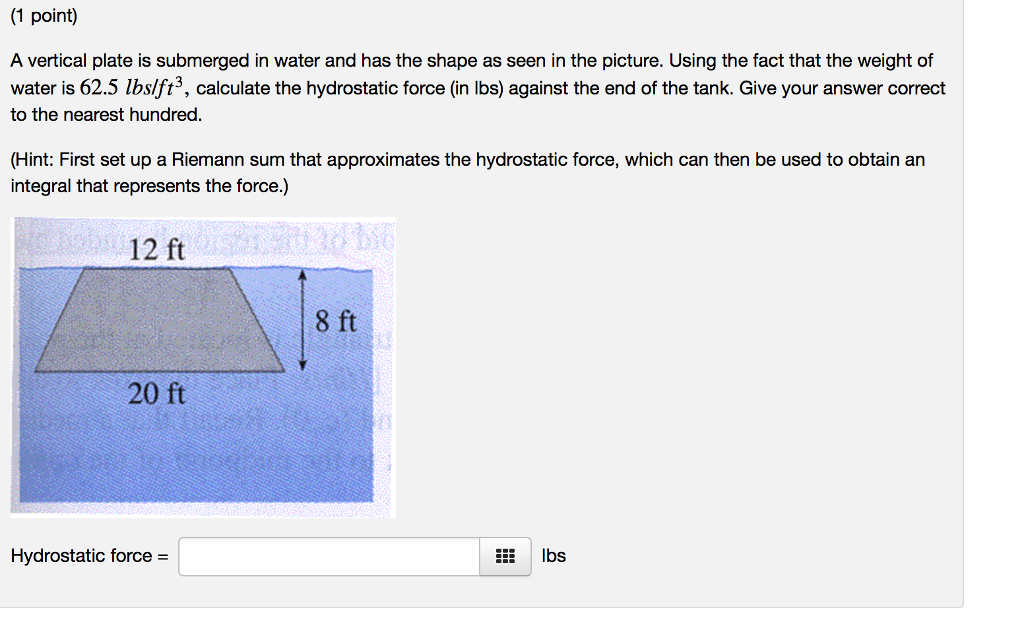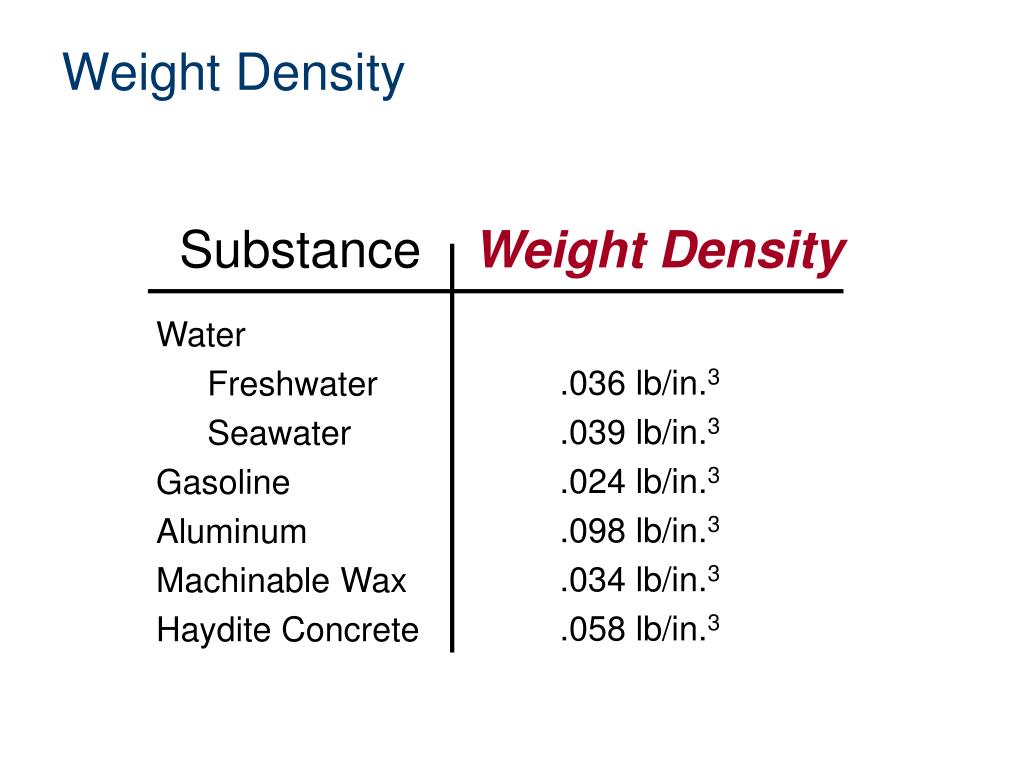

Solution: Take the specific weights, γ = ρg, from Table A.3, divide patm by γ :


P2.6 Express standard atmospheric pressure as a head, h = p/ρg, in (a) feet of glycerin (b) inches of mercury (c) meters of water and (d) mm of ethanol. We can interpolate in the Standard Altitude Table A.6 to a pressure of about 71.5 kPa. Express these readings in gage pressure or vacuum pressure, whichever is appropriate. On a standard day, pressure gage A in a laboratory experiment reads 63 kPa and gage B reads 105 kPa. _ P2.5 Quito, Ecuador has an average altitude of 9,350 ft. Stay in SI units for the moment:Īt 10 degrees for every 2 psig, the pointer should move approximately 100 degrees. Many degrees does the pointer rotate if the piston and weight together total 44 newtons? Solution: The deadweight, divided by the piston area, should equal the pressure applied to the Bourdon gage. If the Bourdon gage is designed to rotate the pointerġ0 degrees for every 2 psig of internal pressure, how P2.4, are calibrated with a deadweight piston. P2.4 Pressure gages, such as the Bourdon gage The applied pressure is estimated to be p = γhpress = (9790 N/m3)(0.22 m) ≈ 2160 Pa Ans. Then the rise due to applied pressure is less by that amount: hpress = 0.25 m − 0.03 m = 0.22 m. The capillary rise in the tube, from Example 1.9 of the text, is Solution: For water, let Y = 0.073 N/m, contact angle θ = 0°, and γ = 9790 N/m3. After correcting for surface tension, estimate the applied pressure in Pa. When a pressure is applied, water at 20☌ rises into the tube to a height of 25 cm. P2.3 A vertical clean glass piezometer tube has an inside diameter of 1 mm. P2.1 can also be solved using Mohr’s circle. In like manner, solve for the shear stress on plane AA, using our result for σxy:


 0 kommentar(er)
0 kommentar(er)
